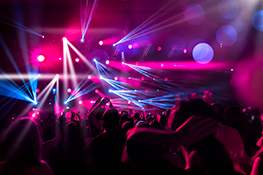Creating Dynamic Lighting Cues: A Step-by-Step Guide for Beginners
Understanding the Fundamentals of Dynamic Lighting
Dynamic lighting, far from being a niche technique, is the lifeblood of modern stage productions. It transcends simple “on” and “off” commands, breathing life into scenes through subtle shifts in intensity, color, and movement. This guide will equip you with the knowledge to create compelling dynamic lighting cues, regardless of your experience level. We’ll break down the process into manageable steps, perfect for beginners venturing into the fascinating world of theatrical lighting.
Choosing the Right Lighting Equipment
Before diving into cue creation, understanding your tools is crucial. Different fixtures offer varying capabilities.
LED fixtures are increasingly popular due to their energy efficiency, color mixing capabilities, and easy control via DMX.
Conventional fixtures (incandescent or tungsten-halogen) are still used, offering a distinct warmth, but require more careful handling and are less energy-efficient.
The choice depends on your budget, the production’s style, and the desired effects. Consider factors like color temperature, beam angle, and dimming capabilities when making your selection.
Designing Your Lighting Plot
A well-planned lighting plot is the foundation of any successful lighting design. This involves mapping out the placement of your lighting instruments, considering their angles, coverage areas, and the overall effect you aim to achieve.
Software tools, such as Lightwright or Capture, can greatly simplify this process by providing a visual representation of your stage and lighting positions.
Even a simple hand-drawn diagram can be helpful, ensuring you have a clear understanding of your fixture placement before starting the programming process.
Programming Your Lighting Console
This is where the magic happens. The lighting console acts as the central control hub for your lighting rig. Different consoles have different interfaces, but the fundamental principles remain the same.
Start with a basic cue, gradually building complexity. Experiment with different color combinations, intensities, and gobo patterns to achieve your desired effect.
Remember to document each cue meticulously; clear labeling is essential for smooth operation during rehearsals and performances.
Creating Dynamic Transitions
Dynamic lighting is all about seamless transitions between cues.
Utilizing fades and crossfades provides a smooth visual journey, avoiding jarring shifts in lighting. Experiment with different fade times to find the rhythm that best complements your production.
Adding chases and moving lights can introduce more complex movements, adding an extra layer of visual interest. However, keep it purposeful and avoid overwhelming the audience.
The key is to create transitions that enhance the storytelling and emotional impact of the performance.
Utilizing Color and Intensity to Enhance the Mood
Color is a powerful tool in lighting design. Warm colors (reds, oranges, yellows) can evoke feelings of warmth, comfort, and intimacy, while cool colors (blues, greens, purples) can create a sense of distance, mystery, or even coldness.
Experiment with color temperature (measured in Kelvin) to fine-tune the mood of your scenes.
Similarly, subtle changes in intensity can amplify emotion. A slow fade to black can signal a moment of reflection or suspense, while a sudden increase in intensity can highlight a dramatic moment.
Testing and Refinement
Once you’ve programmed your cues, rigorous testing is paramount. Run through your entire sequence, adjusting and refining cues as needed.
Collaborate with the director and other technical crew members to ensure the lighting effectively supports the production’s overall vision.
Be prepared to make adjustments based on feedback and observations during rehearsals.
Conclusion: Embracing the Creative Potential of Dynamic Lighting
Mastering dynamic lighting is a journey, not a destination. With practice and experimentation, you’ll develop a keen eye for creating compelling and evocative lighting designs. This guide serves as a starting point; continue exploring, experimenting, and pushing your creative boundaries. The world of dynamic lighting is vast and rewarding, offering endless possibilities for enhancing theatrical productions.


 Auditorium Construction Services
Auditorium Construction Services 